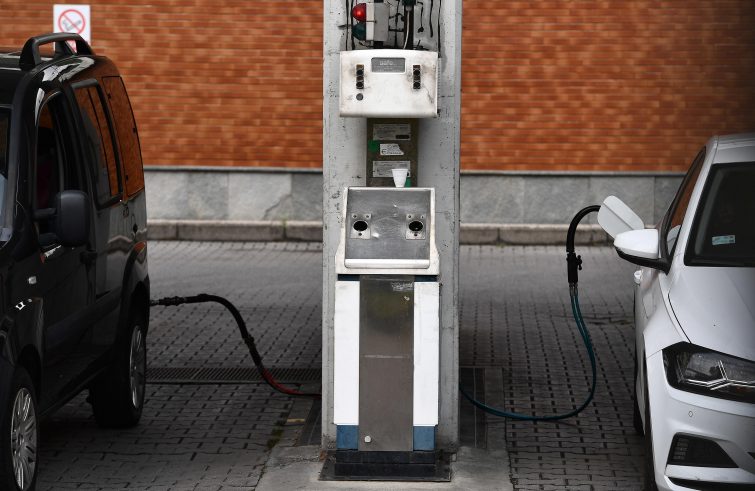
The government acted on the high cost of fuel with a legislative decree that does not reinstate the cuts in excise duties, focusing on transparency and surveillance instead. The underlying assumption is that price increases are due primarily, if not exclusively, to speculative behaviour. The premise is that the cut would have been enjoyed by all taxpayers, even those with the highest incomes, but it would have resulted in significant costs for the public finances (estimated at around EUR 10 billion a year), thereby making it impossible to implement low-income support measures provided for in the budget law.
This issue is obviously taking centre stage in political debates and in other arenas.
Some commentators argue that the latest price increases are closely related to the renewed burden of excise duties. However, it is quite evident that something in the fuel price formation mechanisms.is not adding up, even – and perhaps above all – on a global level.
The crux of the problem, when it comes to political decision-making, is to assess the diverse repercussions of price increases for the various income brackets.
Inflation is the most unfair of all taxes, as Italy’s former president Einaudi said in the past, since it is felt most severely by the poorer members of society. With respect to fuel for private transport, economists from the Sbilanciamoci! campaign have calculated – based on data from the Italian Statistical Office (ISTAT) – that
the impact of price increases on the poorest one-fifth of the population is about three times as high compared to the richest one-fifth.
It is even worse in other areas: for electricity, gas and other fuels, the impact is 6.40 times higher, 4.5 times for food.
On top of this, compared to other developed countries Italy has a decades-long negative wage growth trend. Inflation, which has now reached 11.6% (the last figure for 2022: “we have reached extremely worrying levels,” said ISTAT president Blangiardo) is eroding household purchasing power severely.
The first nine months of 2022 saw a 6.6 per cent drop in real wages.
Over half of all employees have been waiting for years for their contracts to be renewed, this is an urgent matter that both politics and the social partners should urgently discuss in order to identify an economically and socially sustainable solution.
Indeed, the economic forecasts for the year that has just begun look less bleak than they do today, although in the case of Italy
Blangiardo is of the opinion that the 5.1% inflation estimate is “somewhat optimistic”.
Irrespective of the many, imponderable variables that could tip the scales to one side or the other, it would still be a very high figure, but the onset of a clear descending trend would be a crucial indication for orienting the choices of the monetary authorities, in Europe and elsewhere.
For the time being, no one appears to have the foresight or the strength to move beyond the mere repetition of restrictive policies by raising interest rates,
which risk causing a recessionary spiral just as harmful as inflation, if not worse. What is needed is a leap forward, as the one we saw during the pandemic…









